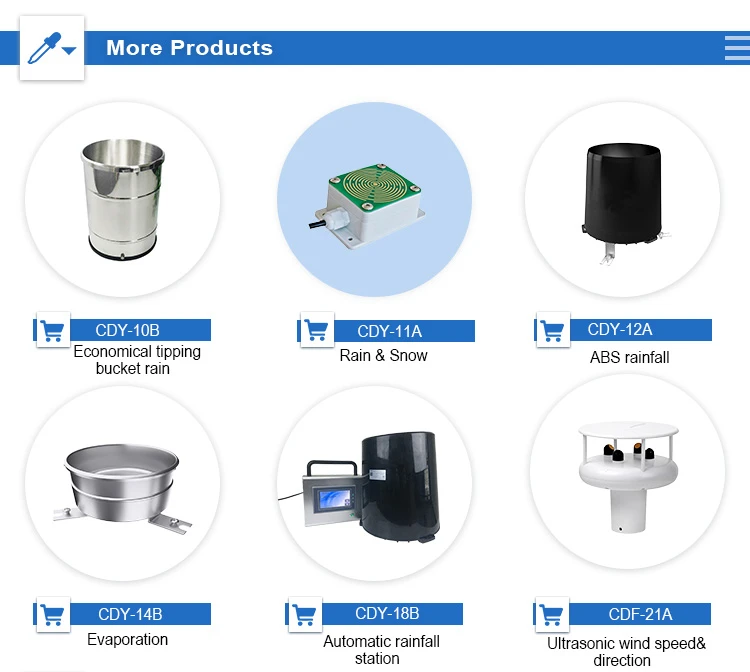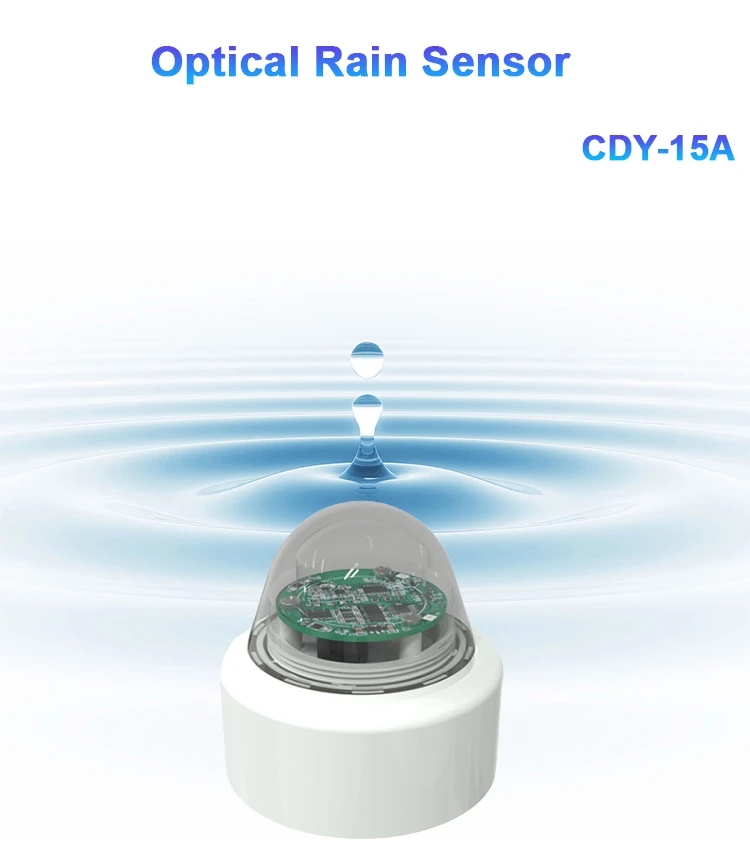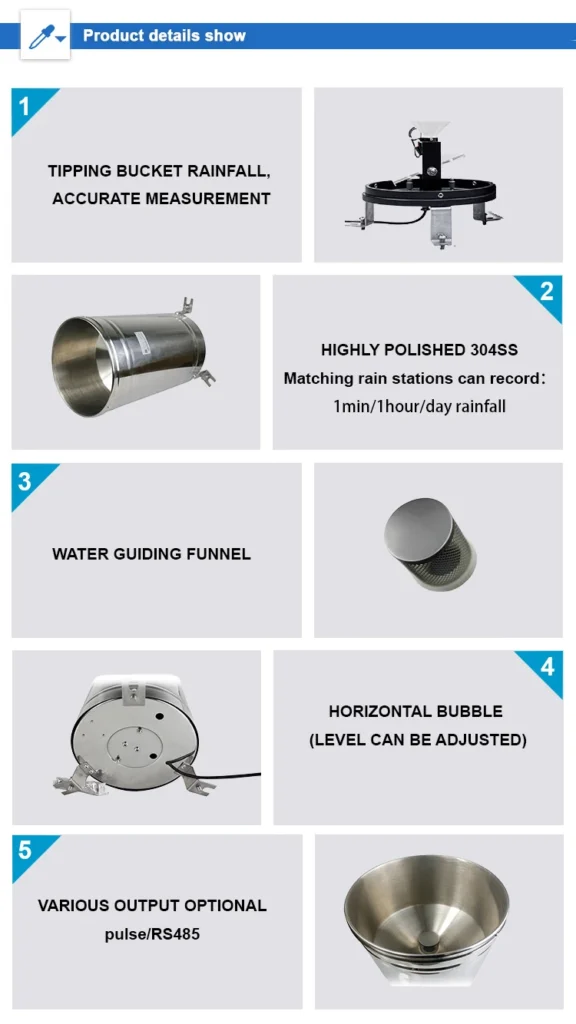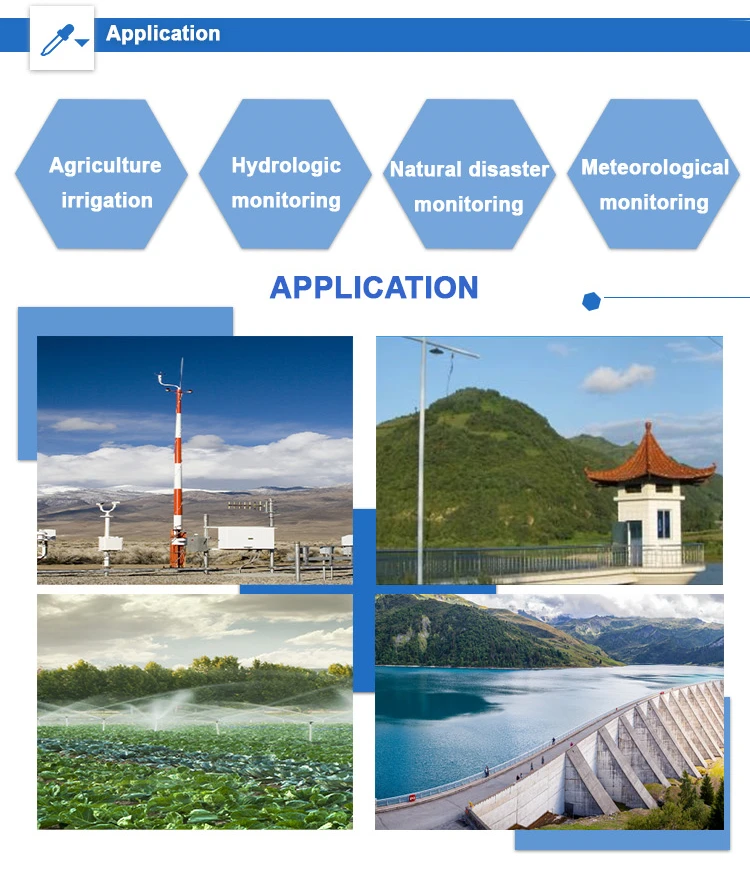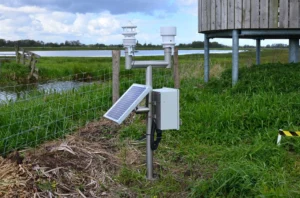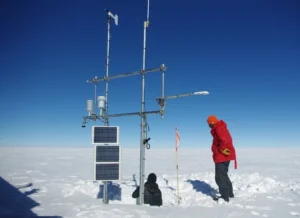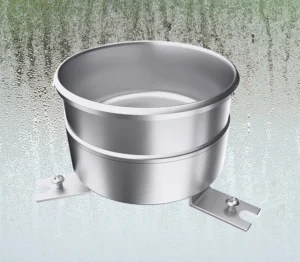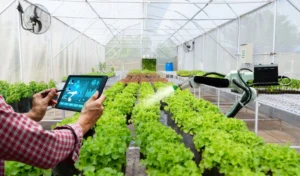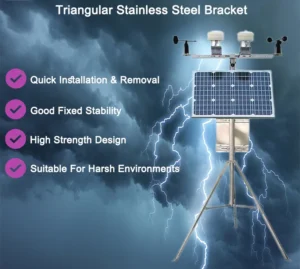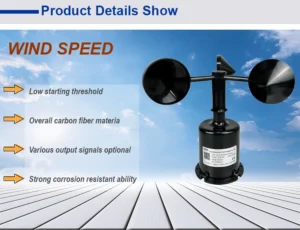Applications of Anemometers
1. Definition and Function of a Rain Sensor
A rain sensor is a device designed to measure rainfall and plays an essential role across various fields, including meteorology, hydrology, flood and drought management, and agricultural irrigation. By converting rainfall data into electrical or other recognizable signal forms, these sensors enable real-time monitoring and recording of precipitation. In Internet of Things (IoT) applications, rain sensors are typically integrated with additional devices (e.g., data collectors and transmission equipment) to create a comprehensive rainfall monitoring system.
2. Working Principles of Rain Sensors
Rain sensors operate based on several different principles, with key technologies including tipping bucket, weighing, piezoelectric, and optical methods. Each type employs unique techniques to measure rainfall:
– **Tipping Bucket Rainfall Sensor:**
– *Collection and Guidance:*
Rainwater enters through a funnel-like collector designed to direct rainfall evenly and efficiently to the measurement section.
– *Hopper Mechanism:*
A precision-designed hopper, consisting of two symmetric chambers, measures rainfall. When one side collects a specific amount (e.g., 0.2 mm or 0.5 mm), it tips under gravity, empties the water, and switches to the opposite chamber for continuous collection.
– *Signal Conversion:*
Each tip triggers a built-in magnet or reed switch that generates an electrical signal, representing a fixed amount of rainfall. These signals are recorded and transmitted wirelessly to the IoT system.
– *Continuous Monitoring:* The cycle repeats as the tipping bucket alternates, providing cumulative rainfall data in real time.
– **Weighing Rainfall Sensor:**
– *Principle:*
Measures the weight of collected rainwater to determine rainfall volume. This method is suited for high-precision applications but may exhibit errors during light rainfall due to sensitivity issues.
– **Piezoelectric Rainfall Sensor:**
– *Principle:*
Relies on the piezoelectric effect, where an electric signal is generated when raindrops contact the sensor’s surface. Rainfall is measured by analyzing the amplitude of the signal. These sensors are highly accurate, maintenance-free, and ideal for automated and remote monitoring systems.
– **Optical Rainfall Sensor:**
– *Operation:*
Measures rainfall by detecting how raindrops scatter or absorb light. For instance, infrared-scattering sensors use IR transmitters and receivers to evaluate how raindrops affect infrared beams, enabling rainfall estimation.
3. Technical Specifications of Rain Sensors
Rain sensors come with a range of parameters to meet diverse application needs:
– *Measuring Range:*
Typically spans from 0 mm to over 100 mm, covering everything from light precipitation to heavy rain.
– *Accuracy:*
Varies between ±0.1 mm and ±1.0 mm based on sensor type and usage scenarios.
– *Resolution:*
Offers up to 0.1 mm or 0.5 mm for precise rainfall documentation.
– *Data Output:*
Supports both wired methods (e.g., Ethernet, RS-485) and wireless options (e.g., Wi-Fi, Bluetooth, LoRa, NB-IoT).
– *Power Supply:*
Operates on DC voltages ranging from 5V to 24V to suit diverse environments.
– *Energy Efficiency:*
Designed for low power consumption, ensuring optimized functionality for extended periods in remote locations.
– *Temperature Range:*
Functions reliably between -20°C and 60°C for varied environmental conditions.
– *Humidity Tolerance:*
Works in relative humidity levels of up to 100%, ensuring dependable performance even in high-moisture surroundings.
4.rainfall monitoring system Application Scenarios
1. **Meteorological Monitoring**
Rain sensors at weather stations enable real-time monitoring of rainfall, intensity, and the start and end times of precipitation. This provides accurate data support for weather forecasting.
2. **Hydrological Monitoring**
Rainfall sensors at hydrological stations monitor precipitation levels in rivers, lakes, and other water bodies, offering crucial data for hydrological forecasts and water resource management.
3. **Flood and Drought Control**
These sensors facilitate real-time monitoring of rainfall to deliver early warning information. This helps relevant authorities take timely actions to mitigate floods, droughts, and water shortages.
4. **Agricultural Irrigation**
In agriculture, rain sensors track precipitation and soil moisture levels in real time. They support intelligent irrigation systems, enabling precise and water-saving irrigation practices.
5. **Urban Drainage Systems**
Used in urban drainage monitoring, these sensors assist in preventing flooding and optimizing water resource allocation.
6. **Traffic Management**
Rain sensors help monitor road waterlogging in real time, providing important data for traffic management and scheduling.
7. **Scientific Research and Education**
Applications include acoustics research and conducting educational experiments on noise pollution.
8. **Environmental Monitoring**
By tracking long-term precipitation patterns, rain sensors support climate change research through valuable data collection.
Rain Sensor Technology: Features and Advantages
1. **High Precision**
Advanced measurement technology and algorithms enable accurate rainfall measurement.
2. **Real-Time Monitoring**
The sensors provide timely data updates for relevant stakeholders.
3. **Stability**
Featuring robust designs, the sensors offer stable and long-term operation with minimal environmental impact.
4. **Ease of Use**
Easy to install, operate, and maintain, rain sensors are user-friendly devices.
IoT Rain Sensor Intelligence and Integration
IoT advances have contributed to the development of intelligent and integrated rain sensors:
1. **Intelligence**
– *Data Processing*: Sensors analyze and process data automatically, improving monitoring system efficiency and accuracy.
– *Remote Management*: Using IoT platforms, users can monitor and manage sensors remotely, enabling configuration adjustments and fault diagnostics.
2. **Integration**
– *Multi-Sensor Fusion*: Rain sensors can integrate with environmental sensors like temperature, humidity, and wind speed to build comprehensive monitoring systems.
– *System Linkage*: Sensors can interface with automated irrigation or drainage systems for smart management solutions.
Technical Challenges and Solutions for IoT Rain Sensors
1. **Stability and Reliability**
– *Challenge*:
Enhancing sensor durability to reduce failures and maintenance needs.
– *Solution*: Use advanced materials and manufacturing processes to improve durability and ensure resistance to interference.
2. **Data Transmission Efficiency and Security**
– *Challenge*: Balancing efficient data transmission with security concerns.
– *Solution*: Optimize protocols and algorithms while employing encryption technologies for secure data communication.
3. **Low Power Consumption Design**
– *Challenge*: Reducing power consumption to extend sensor lifecycle.
– *Solution*: Utilize low-power design techniques like sleep mode and energy recovery technologies.
Conclusion
Rain sensors serve as vital components in IoT-based weather monitoring systems, offering broad application scenarios and notable technological benefits. As technology evolves and demand grows, rain sensors will increasingly contribute to various fields, enhancing productivity, safety, and convenience in people’s lives. By choosing our rain sensors, you opt for an accurate, dependable, and efficient solution to support environmental monitoring and management effectively.
